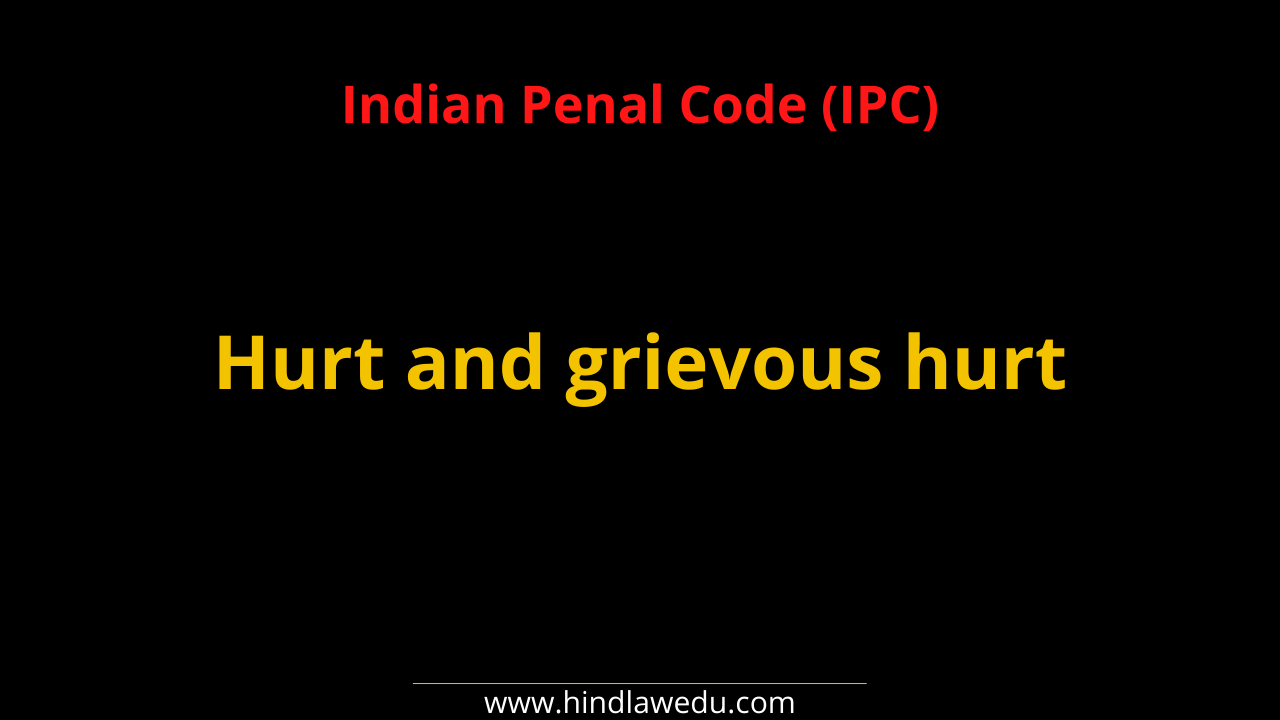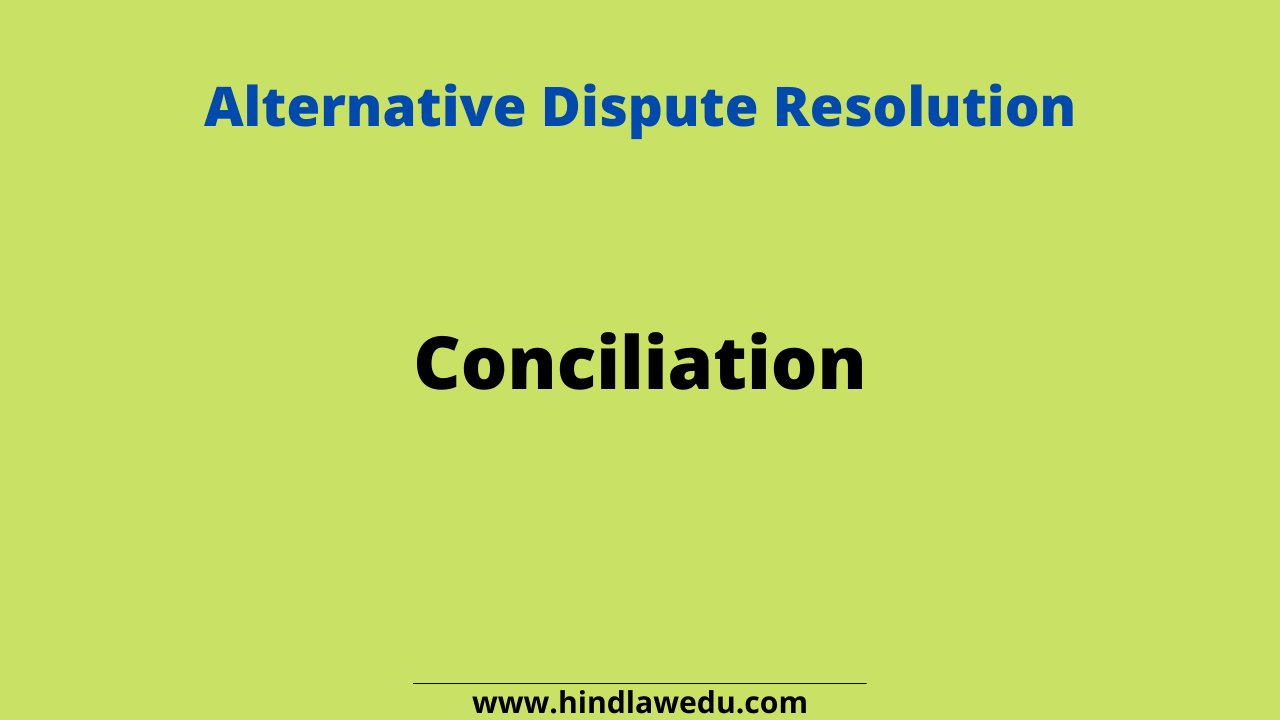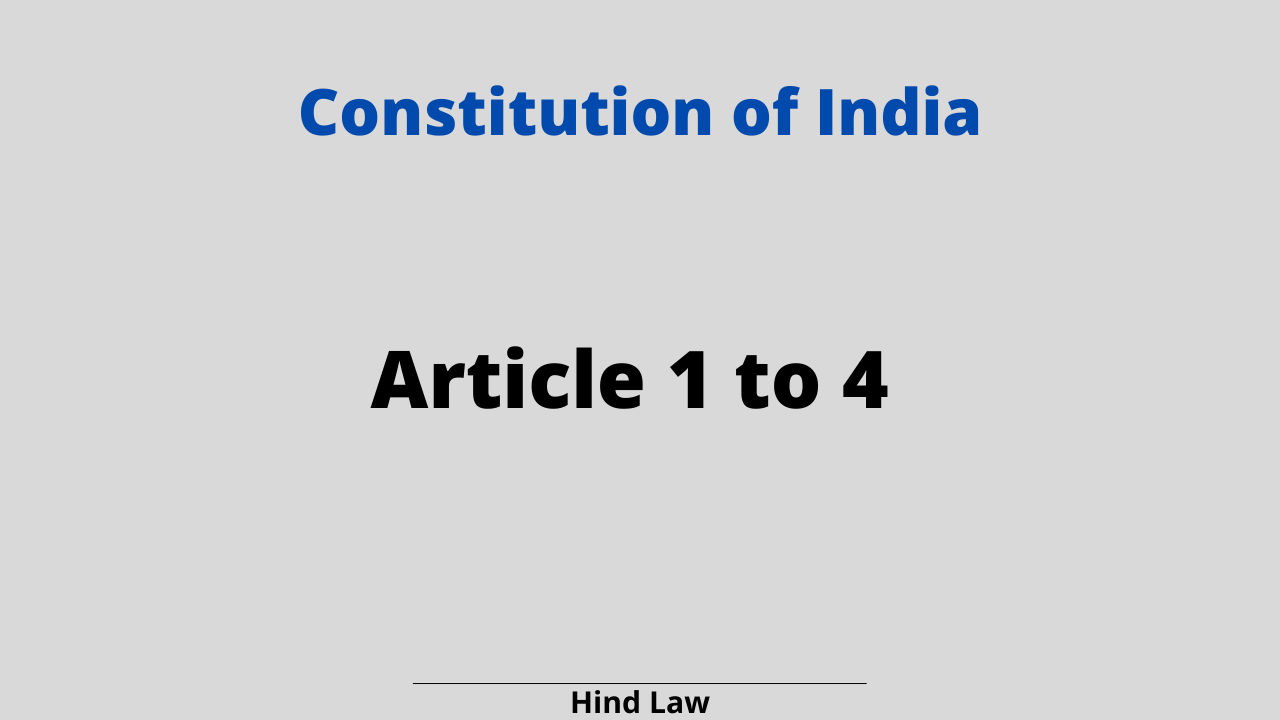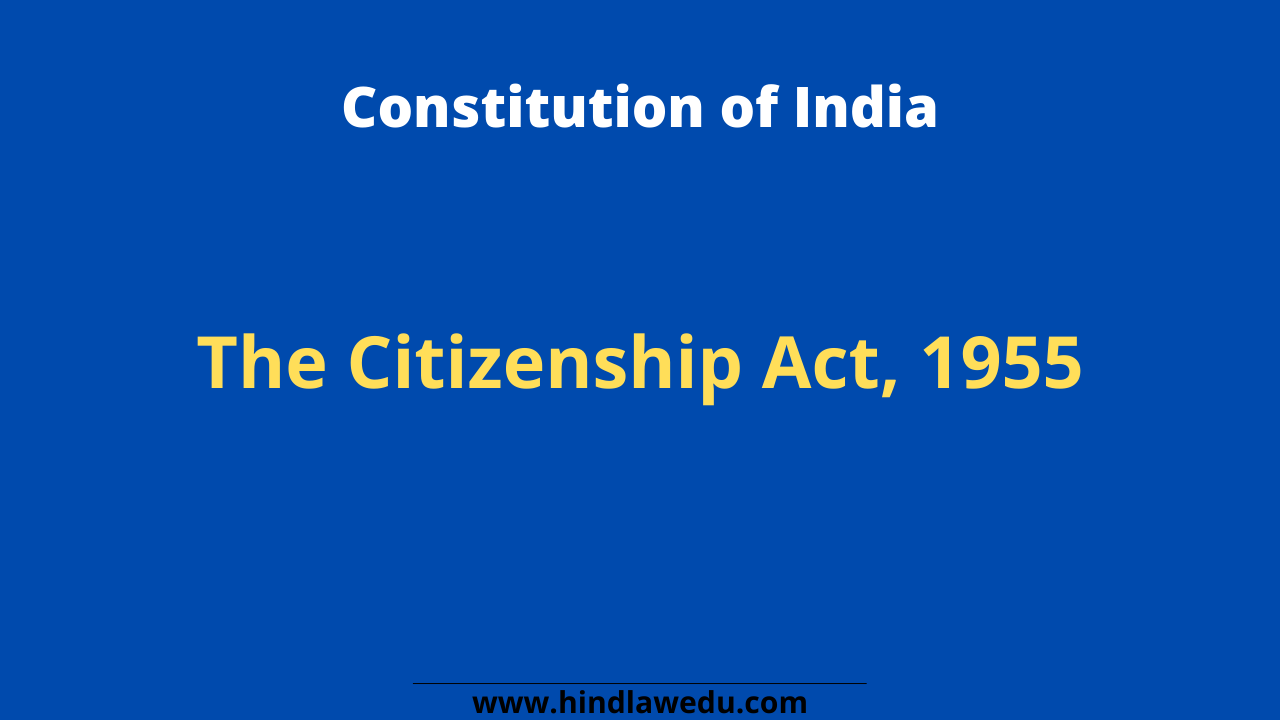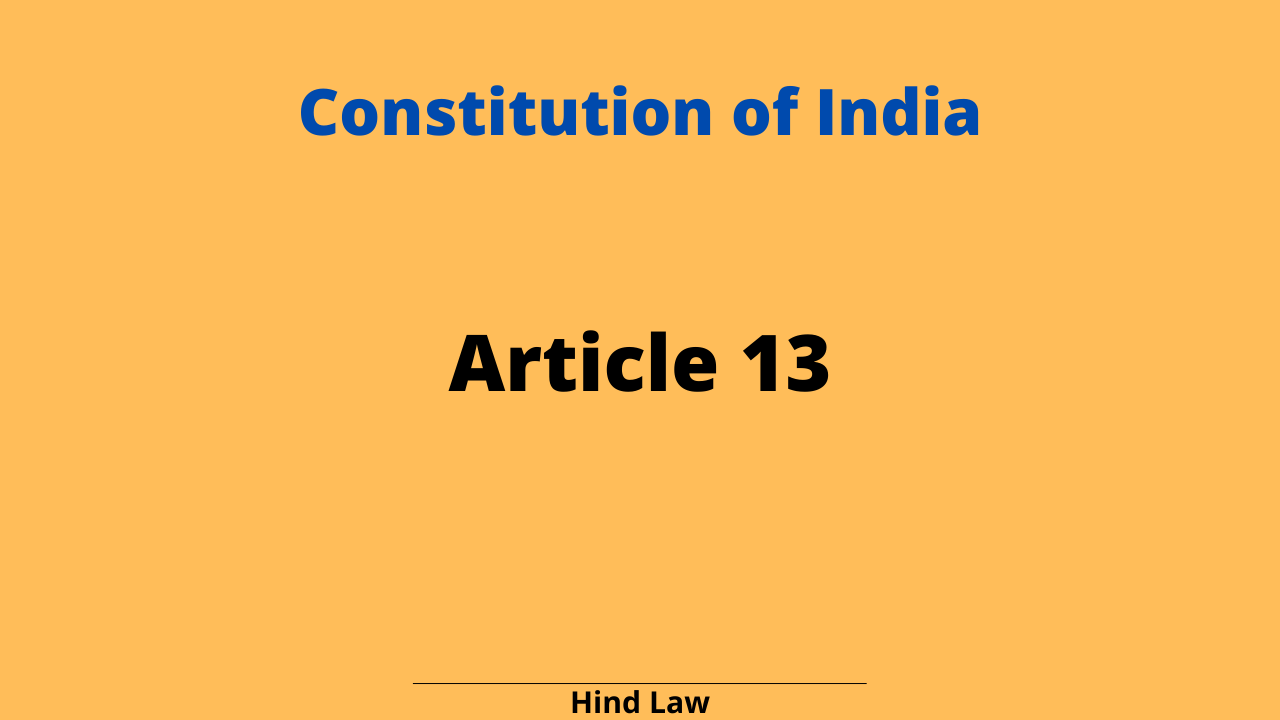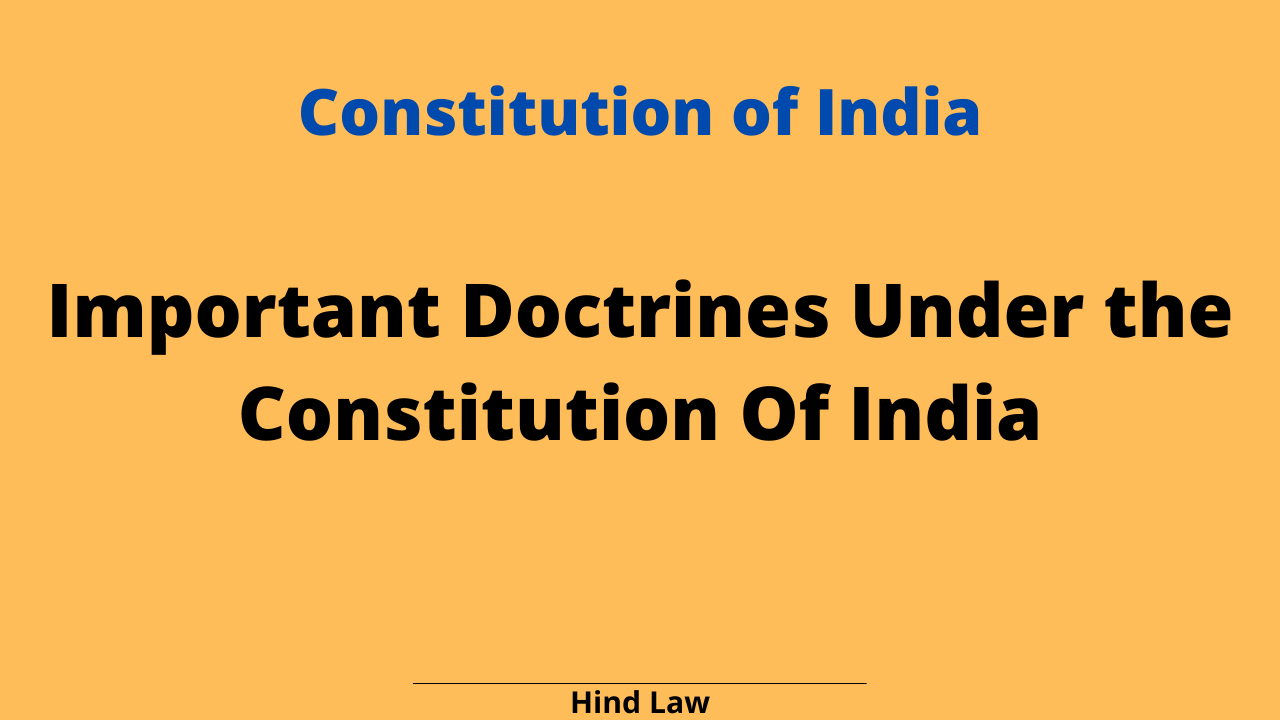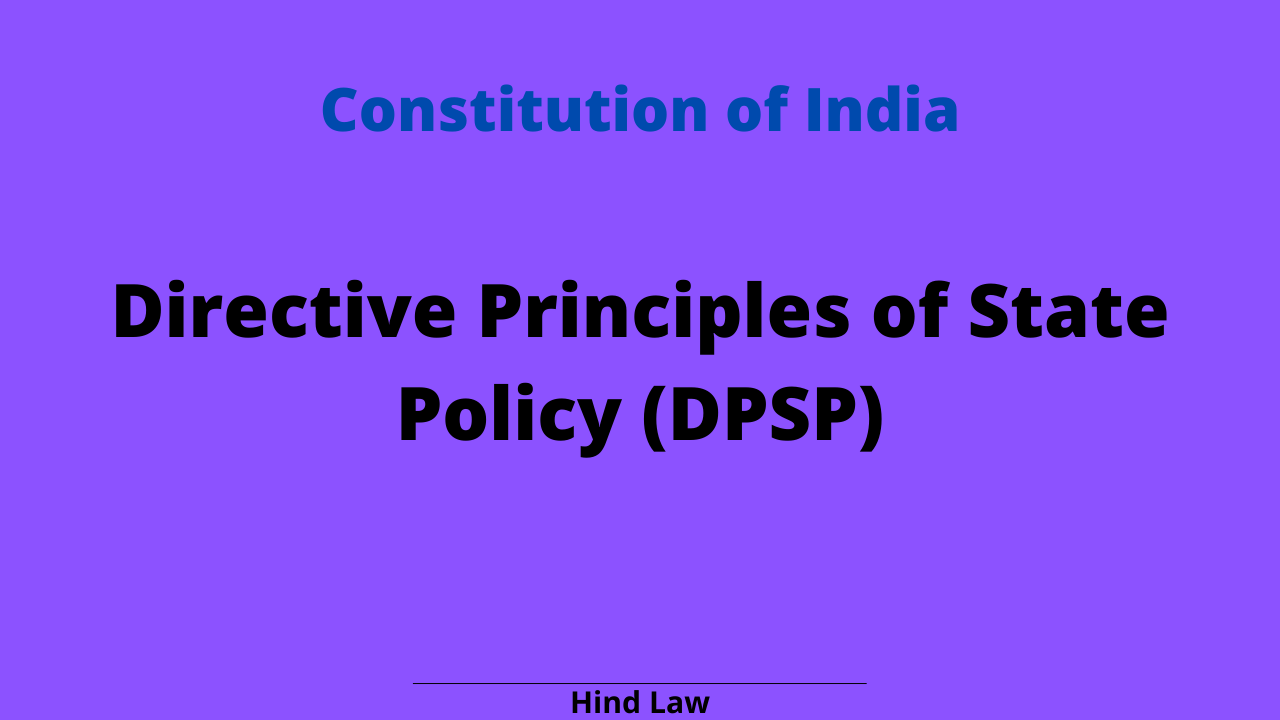Union and Its Territory (Article 1 – 4)
Article 1 to 4 comes under Part I of the Constitution explains the Union and its Territory
Article 1:
(1) India, that is Bharat, shall be a Union of States.
(2) the States and the territories will be specified in the First Schedule.
(3) the territory of India will comprise the following −
- The territories of the States;
- The Union territories mentioned in the First Schedule; and
- Such other territories as may be acquired.
Article 1 of the Constitution describes India, that is, Bharat as a ‘Union of States’. The reasons behind this were made clear by Dr. B.R. Ambedkar in the Constituent Assembly.
Dr. B.R Ambedkar said that the Indian federation was a “Union” because it was indissoluble, and no State had a right to secede from the Indian Union.
He said that the Drafting Committee wanted to make it clear that though India was to be a federation, the federation was not the result of an agreement by the States to join in a federation, and that the federation not being the result of an agreement, no State has the right to secede from it. The federation is a Union because it is indestructible.
Though the country and the people may be divided into different states for convenience of administration, the country is one integral whole, its people a single people living under a single imperium derived from a single source.
The phrases’ Union of India’ and ‘Territory of India’ need to be distinguished. The Union of India includes only the States which enjoy the Status of being members of the federal system and share a distribution of powers with the Union. The Union Territories are not included in the “Union of States.”
The ‘territory of India’ includes not only the States but also the Union Territories and such other territories that may be acquired by India in future.
First Schedule (Article 1-4) of the Constitution has specified states and the Territories both.
Article 2: Admission or establishment of new States
Parliament may by law admit into the Union, or establish, new States on such terms and conditions, as it thinks fit.
The Constitution confers power with Parliament for the admission or establishment of new States. By using this power Parliament has admitted the French settlements of Pondicherry, Karaikal, Mahe and Yanam, the Portuguese settlements of Goa, Daman and Sikkim etc. into India.
Article 3: Formation of new States and alteration of areas, boundaries or names of existing States
Parliament may by law;
(a) form a new State by separation of territory from any State or by uniting two or more States or parts of States or by uniting any territory to a part of any State;
(b) increase the area of any State;
(c) diminish the area of any State;
(d) alter the boundaries of any State;
(e) alter the name of any State;
Thus Parliament can increase or diminish the area of any State or can alter the boundaries or names of any State. Parliament follows the following procedures in this regard.
Step-1: Either House of the Parliament, only on the recommendation of the President, can introduce a Bill giving effect to any or all the changes stated above.
Step-2: If such a bill affects the boundary or name of a State, then the President will refer the Bill to the concerned State Legislature before introducing it in the Parliament for their opinion.
Step-3: If the State Legislature fails to express an opinion within the given time limit then it is deemed that it has expressed its views. Parliament is not bound to accept or act upon the views of the State Legislature even if the State has submitted their views within the time period. The Bill is passed with a simple majority.
However, In the case of Union Territories, it is not necessary to seek the views of Legislatures of Union Territories before such a Bill affecting their boundaries or names is introduced.
such Bill in respect of Mizoram, Arunachal Pradesh and Goa, Daman and Diu were introduced in Parliament without obtaining such views. Article 3, thus demonstrates the vulnerability and dependence of the States on the Union whereas in federations like the USA or Australia, the boundaries or name of States cannot be altered by the federation without the consent of the States.
Article 4:
It says that any law referred to in Article 2 or Article 3 will contain such provisions for the amendment of the Ist Schedule and the IVth Schedule necessary to provide effects to the provisions of law and may also contain such supplemental, incidental, and consequential provisions, as the Parliament may deem necessary.
This Article allows for consequential changes in the Ist Schedule i.e. names of the States in the Union of India and IVth Schedule i.e. a number of seats allotted in the Rajya Sabha for each state. The Constitution will not treat any such law altering existing States or creating a new State, as the amendment.


